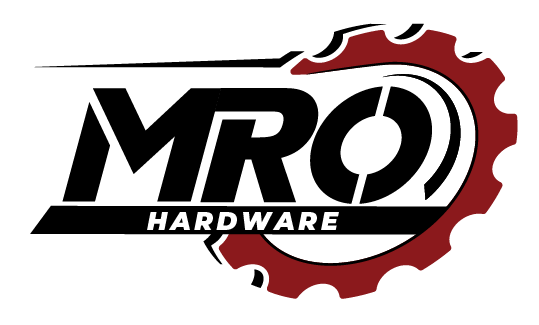In the high-stakes world of emergency medical services, every second counts. Ambulances are the frontlines of healthcare, rushing to save lives in critical situations. But what keeps these vital vehicles running smoothly, ensuring that they are always ready for action? The answer lies in the extensive use of industrial hardware equipment. In this article, we’ll delve into the critical role of industrial hardware in ambulances, providing examples of the hardware used and why it’s indispensable in this life-saving profession.
The Crucial Role of Industrial Hardware in Ambulances
Industrial hardware plays a foundational role in ambulances’ functionality, safety, and reliability. These vehicles operate under intense pressure and face various challenges, from rugged terrain to extreme weather conditions. Properly selected and maintained hardware ensures that ambulances can operate seamlessly, providing crucial care during emergencies.
Examples of Hardware Used in Ambulances
- Latches and Locks: Latches secure cabinets, compartments, and doors within the ambulance. They ensure that essential medical equipment and supplies are safely stored and readily accessible during emergencies.
- Drawer Slides: Drawer slides enable smooth and reliable access to medical supplies and equipment in drawers and cabinets, allowing healthcare professionals to quickly retrieve what they need.
- Handles and Pulls: Handles and pulls provide ergonomic and secure grips for opening doors, cabinets, and storage compartments, allowing for efficient access to vital medical resources.
- Hinges: Hinges are essential for cabinet doors and access panels. They enable easy opening and closing, ensuring quick access to medical equipment while maintaining security during transit.
- Casters and Wheels: Ambulances require durable casters and wheels for mobility and maneuverability. These components ensure that ambulances can navigate through challenging terrains and congested urban areas without compromising patient care.
- Gaskets and Seals: Within the ambulance, gaskets and seals serve as guardians of a controlled environment. Their pivotal role involves safeguarding the integrity of pharmaceuticals, medical devices, and other sensitive equipment, ensuring their protection and optimal condition during transport and emergencies.
Why Industrial Hardware is Vital
- Accessibility: Hardware ensures quick and easy access to vital medical supplies and equipment, saving valuable time during emergencies.
- Security: Latches, locks, and hinges secure medical compartments, preventing damage and ensuring that nothing is misplaced or damaged during transit.
- Durability: In demanding conditions, the robustness of hardware components like casters and wheels ensures ambulances can reach patients swiftly and safely.
- Patient Care: Ambulances serve as mobile clinics, and reliable hardware contributes to a controlled, safe, and efficient environment for patient assessment and care.
Conclusion
In conclusion, industrial hardware is vital in the realm of ambulance services, ensuring that these life-saving vehicles are equipped, accessible, and secure. Without the right hardware, the efficiency of emergency medical services could be compromised. Every piece of hardware, from locks to hinges, serves a critical purpose, contributing to the seamless operation of ambulances and ultimately saving lives when it matters most.

